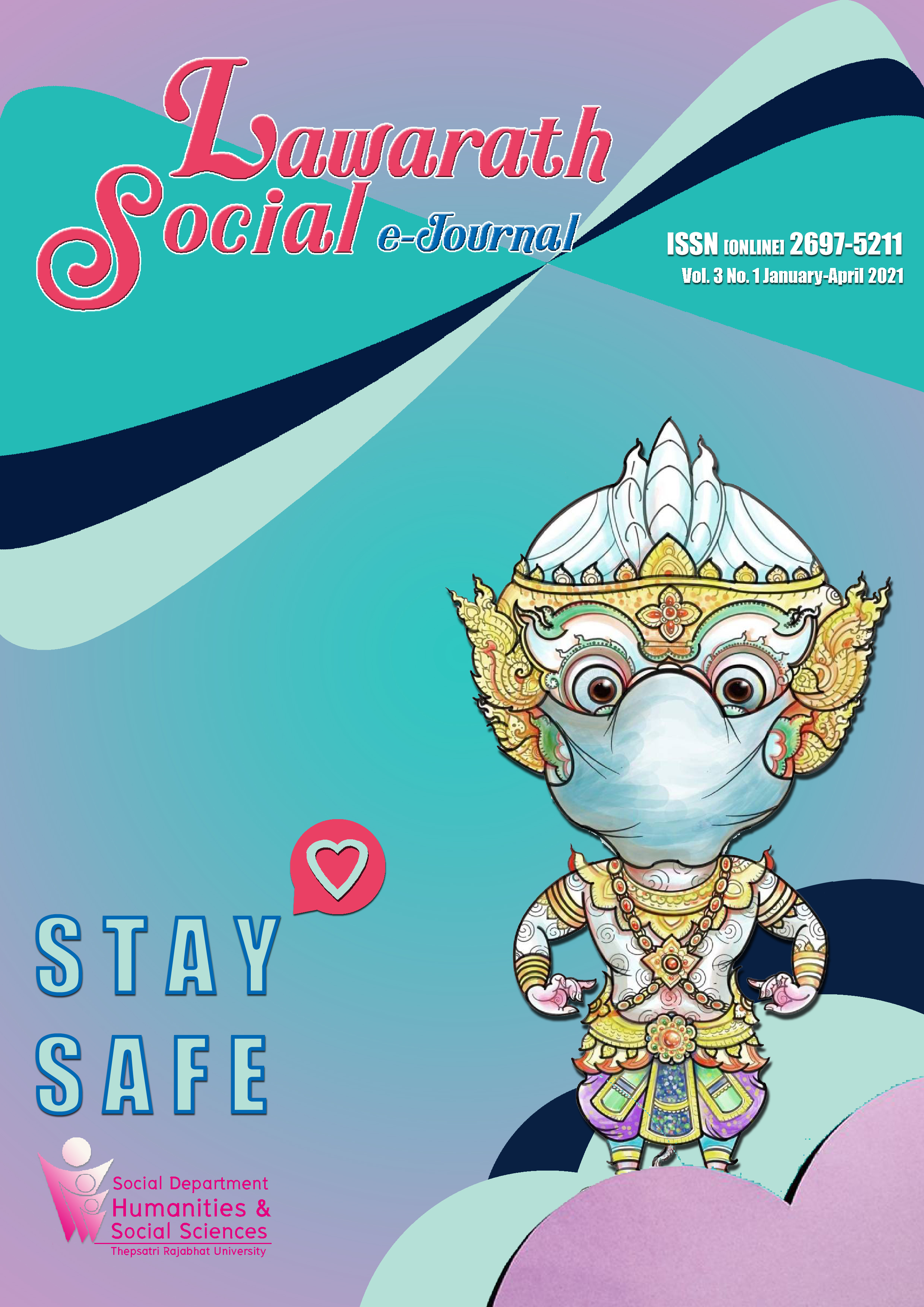The Research on “Taipei drifter” Image of Taiwanese Popular Songs and Folk Songs – since 1980 to 2005
The Research on “Taipei drifter” Image of Taiwanese Popular Songs and Folk Songs – since 1980 to 2005
Keywords:
Popular songs, Folk songs, Taipei drifter, Taiwanese Songs LiteratureAbstract
The population of Taiwan began to migrate in the 1980s. From 1977 to 1980, folk songs had begun popular on campus. This research used the Ministry of Culture and the Taiwan Golden Melody Award database to collect three Chinese folk songs and three popular songs about " Taipei drifter " from 1980 to 2005. The matching six songs were selected based on the definitions of scholars' folk songs and pop songs. This study explored the three viewpoints of expression, reflected social phenomena, and homesickness after Taipei drifter based on comparing major record companies' lyrics. The differences between folk songs and popular songs were also studied. The findings were: (1) The lyrics/literature of the three folk songs were presented in colloquial., which was easier for the middle and low-level people to understand. Folk songs' lyrics reflected the feelings of "homesickness" by describing the scenery of the hometown. For example, use Taipei's high-rise buildings as a contrast to highlight the simple life of the wayfaring strangers' hometown; The lyrics of folk songs were mostly presented from a male perspective. (2) The two Hokkien songs’ lyrics used the Native Language, "Han" which directly reflected that wayfaring strangers are pure and simple. (3) The lyrics of three popular songs’ lyrics were written in a gorgeous, story-like, and exaggerated way, and the lyrics were not easy to understand, which may lead to audience segmentation. Thus, popular songs might be less popular than folk songs. (4) In the 1980s, 1990s, and 2000s, there were obvious differences in writing lyrics and conveying the conception. In the 1980s, the lyrics were simple and rich in feeling; in the 1990s, the lyrics were written in a story-telling way with self-mocking; After 2000, the song's lyrics used the Parable way to express the "Taipei drifter" feelings. Those results can be a reference for educators.
Downloads
References
KK BOX. (2020).全方位娱乐动态入口网站. Retrieved October 15, 2020, from https://www.kkbox.com/tw/tc/.
台北市文化部. (2020).金曲奖 (台北市政府). Retrieved November 15, 2020, from台湾流行音乐数据库http://www.pmdb.org.taipei/musicawardlist?uid=4&tid=1&num=25.
张梦瑞. (2014). 中视推出「金曲奖」音乐节目.(编者:佳音广播月刊,文化部). Retrieved October12, 2020, from 检自台湾现代声响文化数据库. https://soundtraces.tw/media-publication/%E4%B8%AD%E8%A6%96%E6%8E%A8%E5%87%BA%E3%80%8C%E9%87%91%E6%9B%B2%E7%8D%8E%E3%80%8D%E9%9F%B3%E6%A8%82%E7%AF%80%E7%9B%AE/.
陈硕文. (2008).上海三十年代都会文艺中的巴黎情调 (1927-1937). 国立政治大学中文系博士论文.
南利华.(2001). 流行歌曲与传统民歌之比较.中国音乐, 2, 21-23.
张钊维. (1992). 谁在那边唱自己的歌:1970 年代台湾现代民歌发展史:1970 年代台湾现 代民歌发展史--建制、正当性理述与表现形式的形构. 国立清华大学历史研究所硕士 论文.
杨弦、台湾 WORD. (2013). 杨弦等人举办「现代中国民歌」演唱会. Retrieved November 15, 2020, from台湾声响文化数据库. https://soundtraces.tw/techculture/%E6%A5%8A%E5%BC%A6%E7%AD%89%E4%BA%BA%E8%88%89%E8%BE%A6%E3%80%8C%E7%8F%BE%E4%BB%A3%E4%B8%AD%E5%9C%8B%E6%B0%91%E6%AD%8C%E3%80%8D%E6%BC%94%E5%94%B1%E6%9C%83/.
吴正芬. (2009). 歌唱台湾:台语创作歌谣所呈现的「台湾意象」.发表于『走!到民间去!』庶民生活与文化学术研讨会,1-31.
洪嘉瑜、银庆贞. (2008). 台湾人口迁移属性与动机的变化.东吴经济学报, 31-66. Retrieved November 15, 2020, from http://cbrd.scu.edu.tw/sites/default/files/RD-02.PDF.
温在弘. (2012). 导读: 探索台湾近六十年人口结构的时空变迁.台北: 国立台湾大学人口与性别研究中心.
郭俐妏. (2015). 金韵奖、民谣风等创作比赛风潮(编者:台湾流行音乐维基馆), Retrieved November 10, 2020, from台湾声响文化数据库 https://soundtraces.tw/tech-lture/%E9%87%91%E9%9F%BB%E7%8D%8E%E3%80%81%E6%B0%91%E8%AC%A0%E9%A2%A8%E7%AD%89%E5%89%B5%E4%BD%9C%E6%AF%94%E8%B3%BD%E9%A2%A8%E6%BD%AE/.
颜缘芳. (2016). 民歌流行歌曲的释疑与台湾乡土歌曲教学.美育双月刊, 211, 43-51.
Greenwood, M. J. (1985). Human Migration: Theory, Models, and Empirical Studies. Journal of Regional Science, 25(4), 521–544.
歌曲文献
罗大佑. (1982). 鹿港小镇《之乎者也》.台湾:滚石唱片.
林强. (1990). 向前走。《向前走》.台湾:滚石唱片.
胡德夫. (2004). 太平洋的风.《匆匆》.台湾:参拾柒度制作有限公司.
潘美辰. (1989). 我想有个家.《是你》.台湾:蓝与白唱片.
动力火车. (2001). 忠孝东路走九遍《邬裕康作词,郭子作曲》. 《忠孝东路走九遍》.台湾:华研国际。
金门王与李炳辉. (1995). 流浪到淡水《陈明章作词作曲》.《新台湾爱人》. 台湾:魔岩唱片.



